#corydoras sterbai
Text
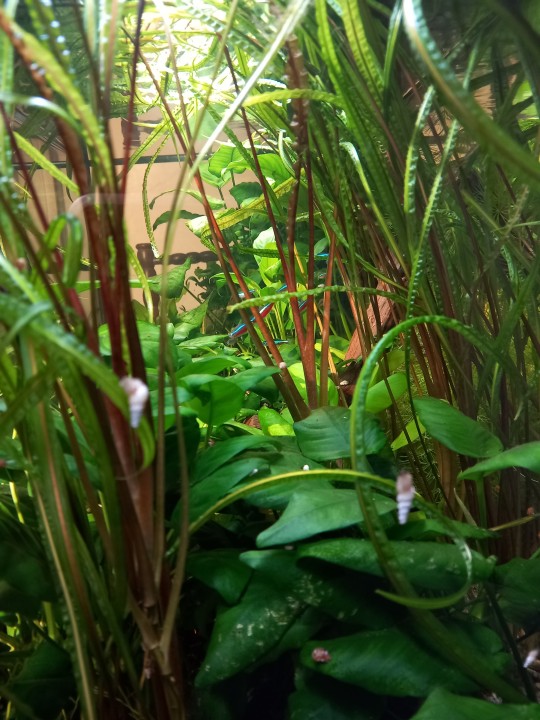
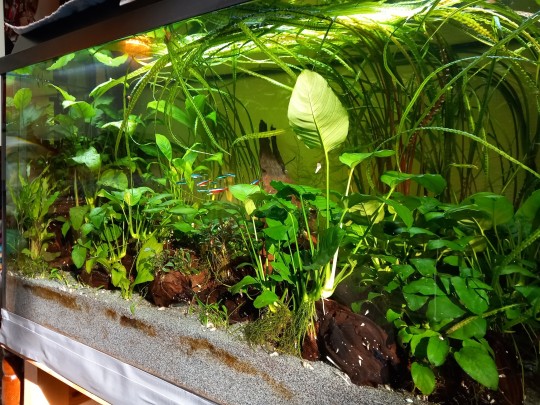


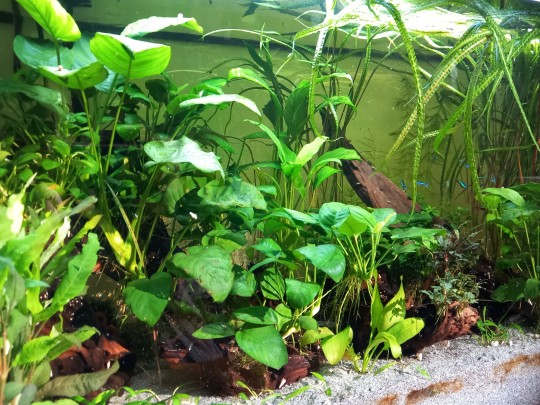
Always a pleasure to see the tank when it catches some natural light.
#aquarium#picture#fish care#bristlenose pleco#corydoras palateus#shrimp#shrimpblr#neon tetra#corydoras sterbai#fishblr
353 notes
·
View notes
Video
Planted Community Tank by scubagolfa
1 note
·
View note
Text
With one community tank ready for restocking and another in the works I am about to come upon an extremely important aquarium decision....
What species of Cory should I stock them with?
#Fishblr#Corydoras#Aeneas Pygmaeus Sterbai Splendens Similis Sodalis#I already have Habrosus#Metae Paleatus Barbatus Acutus Concolor
4 notes
·
View notes
Text
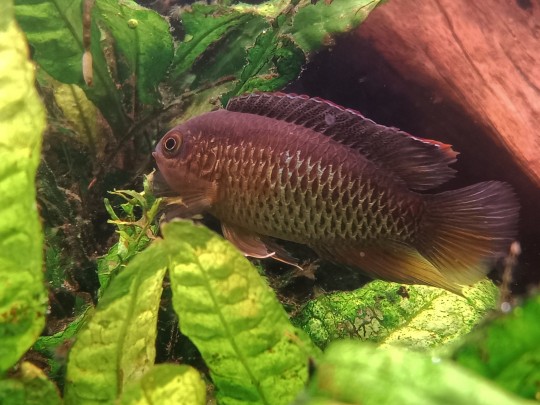

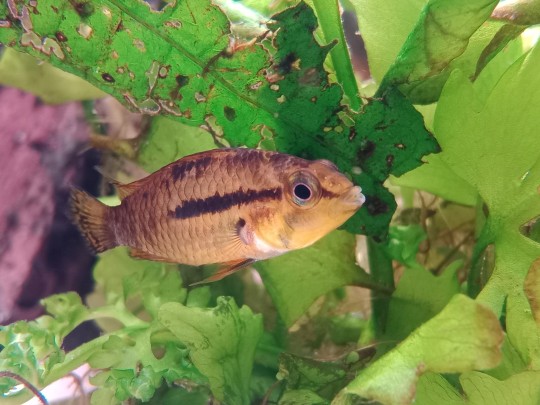
Recent aquarium portraits
Nannacara anomala - Adult male Golden Dwarf Cichlid
Corydoras sterbai
Apistogramma cacatuoides - juvenile female Cockatoo Cichlid
2 notes
·
View notes
Text
Customer at work gave me two free Sterbai Corydoras Catfish 🤙
In the guppy tank they go after acclimating~
Clean my tank floor a lil my babies~
8 notes
·
View notes
Note
Sorry for the bother, but would you have any recommended guides for betta fish? I keep finding conflicting information, specifically regarding tank size
Never a bother! I like talking, so I welcome any opportunity to do so :p
My favorite website for fish information is Wetwebmedia, though it hasn't been updated in a few years since the proprietor passed. His article on betta keeping can be found at the following location. This was written a while back - maybe 15 years - and husbandry requirements are better known nowadays so I'll quickly review the basics.
Tank size is, at an absolute minimum, 2.5 gallons. My personal experience is that such tanks are still too small for enrichment/exercise and present environmental concerns. 5.5 gallons is much better and 10 gallons is fantastic.
Water temperature should be around 77-82F, with around 80 being best. High humidity is also important, which a tank lid helps accomplish.
pH and Hardness aren't incredibly important for many of the hardier varieties, given you avoid extremes. pH around 7 and dH of 10 is ideal (a little higher or lower is fine). For wild type bettas, you'll want more acidic and soft conditions. But if you're inexperienced, I recommend your "basic" varieties - veiltails, plakats, etc - as these are the easiest to care for.
One betta (male OR female) per tank! You may see opinions on the use of sororities - I'm not a fan and certainly not in small tanks. Just keep one betta. Other tankmates are possible, but you'll need adequate space and tankmates who like the same conditions. Cardinal Tetras and Sterbai Corydoras are consistent choices who also like warm water. Wild type (not fancy) Guppies are usually fine bets too. Though there are some cichlids which can work here, let's avoid them for now. Also avoid any gouramis as bettas are too likely to fight with them.
Planted tanks are best, but plastic plants are just fine. You may see recommendations for silk plants with bettas - these are fine as well but I don't think the distinction between the two decor are as important with the hardier bettas, especially the short finned varieties. If using live plants, let me know and I can assist.
substrate isn't super important, but I recommend a soft sand over gravel (though rounded pond gravel is fine). Pool filter sand is my favorite. About 1 lb per gallon.
Filters should be appropriately sized for the tank, with light flow if possible. Air powered filters are great (sponge, internal box, etc) though I'm not personally adverse to hang on the back filters, as long as they aren't super powerful.
Make sure your tank is cycled! This is probably the most important step. There are ways to start this from scratch, which are effective but time consuming. I recommend using filter media (floss, sponge, ceramic noodles, etc) from an already cycled tank to "instantly" cycle it. If you have a friend that will give you some, all the better.
Hope that helps!
6 notes
·
View notes
Text
Can you keep different Cory Catfish species together in one tank?

Introduction
Cory catfish, often referred to as "Corydoras," are a popular choice among aquarium enthusiasts for their charming personalities and unique appearance. These peaceful bottom-dwellers are known for their endearing behavior and are perfect for community tanks. However, when it comes to keeping different cory catfish species together in one tank, there are some important considerations to keep in mind. In this article, we will explore the various Cory catfish types and discuss the feasibility of keeping them together harmoniously in a single tank.
Click here to learn more :-
Understanding Cory Catfish Types
Before diving into the compatibility of different cory catfish species, it's essential to familiarize ourselves with the various types that exist within this group. Corydoras is a diverse genus, with over 170 recognized species. Each species has its own unique characteristics, including size, coloration, and behavior. Here are a few popular cory catfish types:
Corydoras aeneus (Bronze Cory)
Corydoras paleatus (Peppered Cory)
Corydoras sterbai (Sterba's Cory)
Corydoras panda (Panda Cory)
Corydoras habrosus (Salt and Pepper Cory)
Corydoras julii (Julii Cory)
Corydoras pygmaeus (Pygmy Cory)
Compatibility Considerations
While cory catfish are generally peaceful and sociable, it's important to consider a few factors when contemplating keeping different cory catfish species together in a single tank:
Tank Size: Cory catfish appreciate space to explore, and the size of your tank plays a crucial role in their compatibility. A larger tank allows for more fish and reduces the chances of territorial disputes.
Similar Water Parameters: Different cory catfish species may have varying preferences for water parameters like temperature, pH, and hardness. It's crucial to choose species that share similar requirements to ensure they thrive together.
Aggression Levels: Although cory catfish are typically non-aggressive, there can be instances of territorial behavior or competition for food. Mixing species with vastly different sizes or temperaments may lead to issues.
Group Size: Cory catfish are social creatures and thrive in groups. When mixing species, ensure that you have an adequate number of each type to prevent isolation or stress.
Compatibility with Tankmates: Consider the other fish species in your tank as well. Some species may be more compatible with certain cory catfish types than others. Avoid keeping aggressive or predatory fish with your cory catfish.
Potential Combinations
While it's generally recommended to keep cory catfish of the same species together, there are some combinations that can work successfully if you follow the compatibility guidelines:
Corydoras aeneus and Corydoras paleatus: These two species are relatively similar in size and temperament, making them a suitable pairing for a community tank. Ensure the tank is appropriately sized and provides plenty of hiding spots.
Corydoras panda and Corydoras habrosus: Both species are small and peaceful, making them great choices for a peaceful community tank with other small, non-aggressive fish.
Corydoras sterbai and Corydoras julii: These species have similar care requirements and can coexist peacefully. Ensure your tank is large enough and provide plenty of hiding places.
Corydoras pygmaeus and Corydoras habrosus: These tiny cory catfish types are excellent choices for small tanks. Their small size and peaceful nature make them ideal for micro-sized community setups.
Conclusion
While mixing different Cory catfish types species in one tank can be possible, it's essential to consider various factors to ensure a harmonious coexistence. Tank size, water parameters, aggression levels, group size, and compatibility with tankmates all play vital roles in determining the success of such a setup.
It's crucial to research the specific requirements of each cory catfish type you intend to keep and plan your tank accordingly. Always prioritize the well-being of your fish by providing appropriate hiding spots, maintaining stable water conditions, and monitoring their behavior closely. By taking these precautions, you can create a thriving and visually captivating community tank featuring a variety of cory catfish species.
Read more : - How do Indian Spitz dogs contribute to their families or communities in rural India?
0 notes
Text
Can Corydoras catfish be kept with other fish?
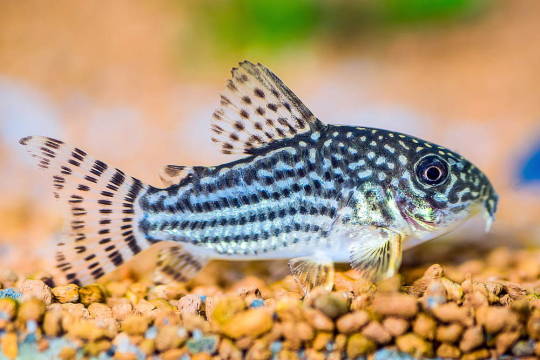
Corydoras catfish, commonly known as "Corys," are a popular choice for aquarium enthusiasts due to their small size, peaceful nature, and interesting behavior. These catfish belong to the Corydoradinae subfamily and are native to South America. They are known for their ability to thrive in community tanks, but it is important to consider compatibility when introducing them to other fish species. In this article, we will explore the different types of Corydora catfish and discuss their suitability for cohabitation with other fish.
Types of Corydora Catfish
Corydoras catfish come in various species, each possessing its own unique characteristics. Let's delve into some of the popular types of Corydoras:
Corydoras paleatus (Peppered Corydora)
The Peppered Corydora is one of the most common and well-known Corydoras species. Recognizable by its pepper-like speckles, it adds a touch of elegance to any aquarium. These catfish are peaceful and do well in community tanks with similarly sized, non-aggressive fish. Some suitable tankmates include tetras, danios, and dwarf gouramis. Avoid pairing them with fin-nipping species or large, aggressive fish that may intimidate or harm them.
To know more about : -
Corydoras sterbai (Sterbai Corydora)
The Sterbai Corydora is highly sought after for its striking appearance. With its vibrant orange spots against a dark background, it creates a captivating contrast in the aquarium. Sterbai Corydoras are generally peaceful and can coexist with a wide range of community fish. They appreciate tankmates that prefer similar water conditions, such as angelfish, rasboras, and peaceful cichlids. Ensure the tank has plenty of hiding spots, as these catfish are naturally shy.
Corydoras aeneus (Bronze Corydora)
The Bronze Corydora is another popular member of the Corydoras family. Its metallic bronze body and cute, round shape make it a delightful addition to any aquarium. These catfish are quite adaptable and can thrive in various water conditions. They are compatible with a wide range of tankmates, including livebearers, tetras, and peaceful barbs. However, be cautious when pairing them with aggressive or territorial species, as they may become stressed.
Compatibility with Other Fish
When considering the compatibility of Corydoras catfish with other fish, it is essential to assess factors such as size, temperament, and water parameters. Here are some general guidelines for keeping Corydoras catfish with other fish:
Similar Size: It is crucial to choose tankmates that are similar in size to Corydoras catfish. Larger fish may perceive them as potential prey, leading to aggression or predation. Opt for fish that fall within the same size range to ensure a harmonious community.
Peaceful Temperament: Corydoras catfish are peaceful by nature and thrive in the company of other non-aggressive fish. Avoid pairing them with fin-nippers or overly aggressive species that may cause stress or harm.
Water Conditions: Different species of Corydoras catfish have specific water parameter requirements. Ensure that the tankmates you choose can tolerate and thrive in the same water conditions. Factors such as temperature, pH level, and water hardness should be compatible for all the fish in the tank.
Hiding Places: Corydoras catfish are naturally inclined to seek shelter and hide when stressed or threatened. Provide ample hiding spots such as caves, plants, and driftwood to accommodate their needs. This will also help create territories and reduce potential conflicts with other tankmates.
Conclusion
Corydoras catfish can indeed be kept with other fish in a well-planned community aquarium. The different types of Corydoras, such as the Peppered, Sterbai, and Bronze Corydoras, offer unique characteristics that make them attractive additions to any tank. When introducing Corydoras catfish to other fish, consider factors like size, temperament, and water conditions to ensure compatibility and a harmonious environment. By following these guidelines, you can create a thriving and peaceful community aquarium that showcases the beauty and charm of Corydoras catfish and their tankmates.
Visit now : -
To know more about : -
0 notes
Link
Tips for Caring for Sterbai Corydoras If you are thinking of adding some Sterbai Corydoras to your aquarium, then this article will be of great help to you. The Sterbai Corydoras is one of the most popular corydoras species, thanks to their attractive markings and hardy nature. They do well in most aquariums, but caring …
0 notes
Photo
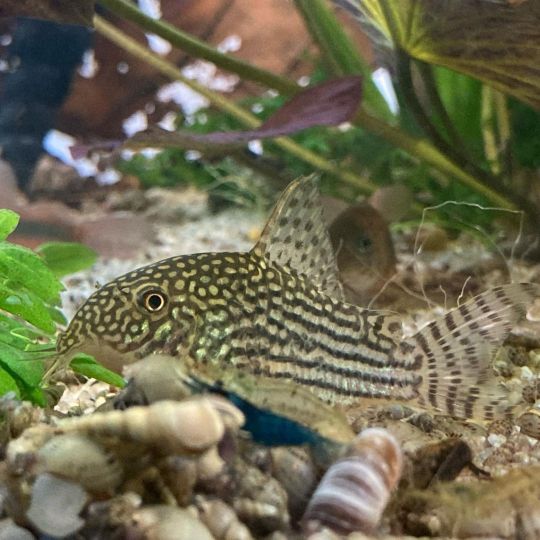
Der Herr der Schnecken. (Corydoras sterbai) #aquarium #fish https://www.instagram.com/p/CgSP802tWN8/?igshid=NGJjMDIxMWI=
1 note
·
View note
Text

Looking a bit better a few days after big maintenance. The new plants are settling well it looks like, the stem plants are growing well. Can't wait to be back home after work and stare at my aquarium some more. I didn't get to do the last adaptions I made for shrimps yet, I got sick last weekend, so that's still on my to-do-list. Not sure yet if I'm going for Amano shrimp or neocaridina. I've had neocaridina before but without much luck. They're my favourite, though! So cute.
#aquarium#picture#fish care#bristlenose pleco#corydoras palateus#shrimp#shrimpblr#neon tetra#corydoras sterbai#amano shrimp
115 notes
·
View notes
Text


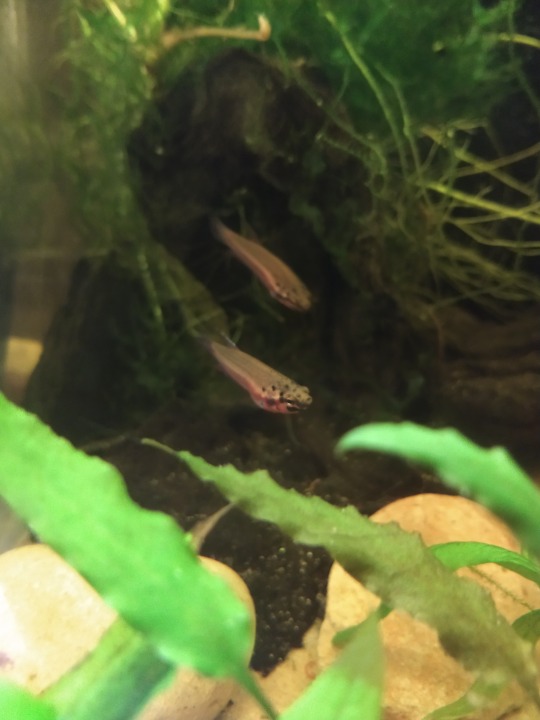

Rubras getting prettier by the day! There's a big auction coming up in two months so I'll be taking some there if you're in Australia in the ACT region. To ease stress as they're getting bigger I popped a couple of the biggest boys into the big community tank with Ruby. One was so eager he jumped out of the acclimatizing cup and promptly began mating with Ruby before I could even get the other fellow in the water.
...I bought some more Sterbai cories as well. How could I not? Look it its little face! I'm so broke now.
#betta rubra#betta#fish#fishblr#bettablr#ruby and rupert#aquarium#betta fish#corys#corydoras#sterbai cory#corydoras sterbai#sterbas cory#Australian fishkeeping
22 notes
·
View notes
Photo


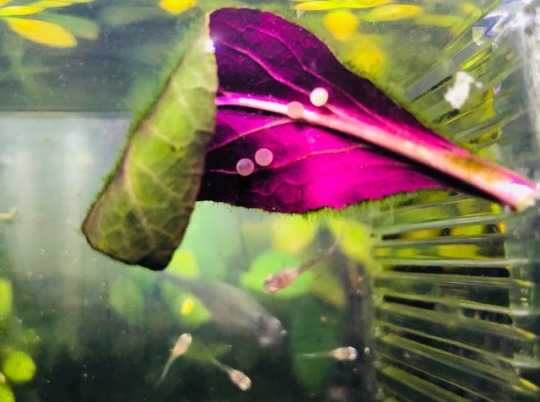
Sterbai Update. I’ve had my original group of 4 for about 4 years now. All are still doing great. About 6 months ago I raised 3 fry from them and they are all doing really well also. 1st photo is a 6 month old “fry” next to an adult. 2nd photo is my largest adult female. 3rd photo is some eggs I collected today!
62 notes
·
View notes
Photo

Wee Sterbai kitten!
#fishblr#corydoras#corydoras sterbai#sterbai#fish#original photographers#photographers on tumblr#cory cat
89 notes
·
View notes
Photo

Sits
16 notes
·
View notes
Video
Sterba’s Corydora | Corydoras sterbai
#sterba's#sterba#sterbas#corydora#cory#cory cat#cat#catfish#fish#freshwater#underwater#undersea#nature#fish tank#tank#planted tank#planted#Corydoras sterbai#aquarium#aquaria#aquascape#substrate#fisch
205 notes
·
View notes

